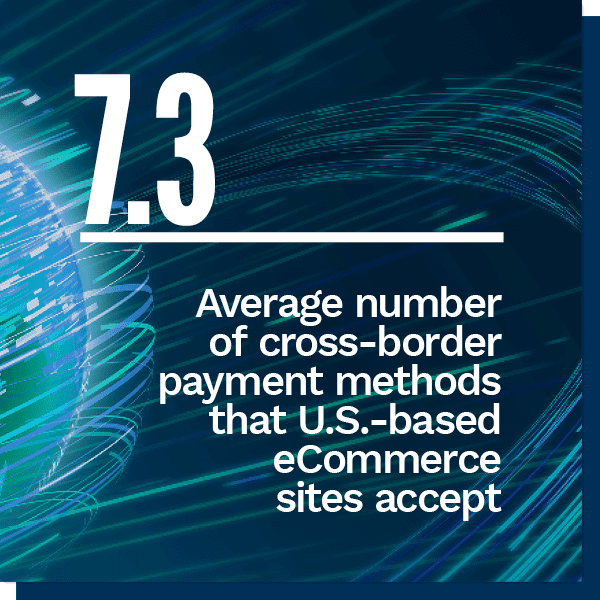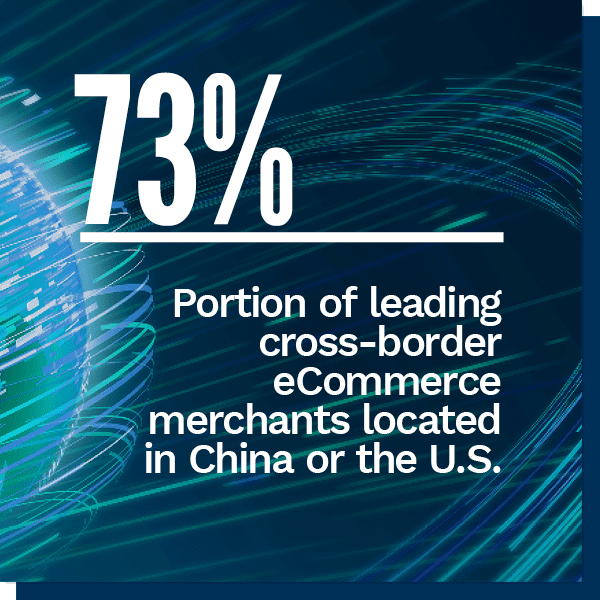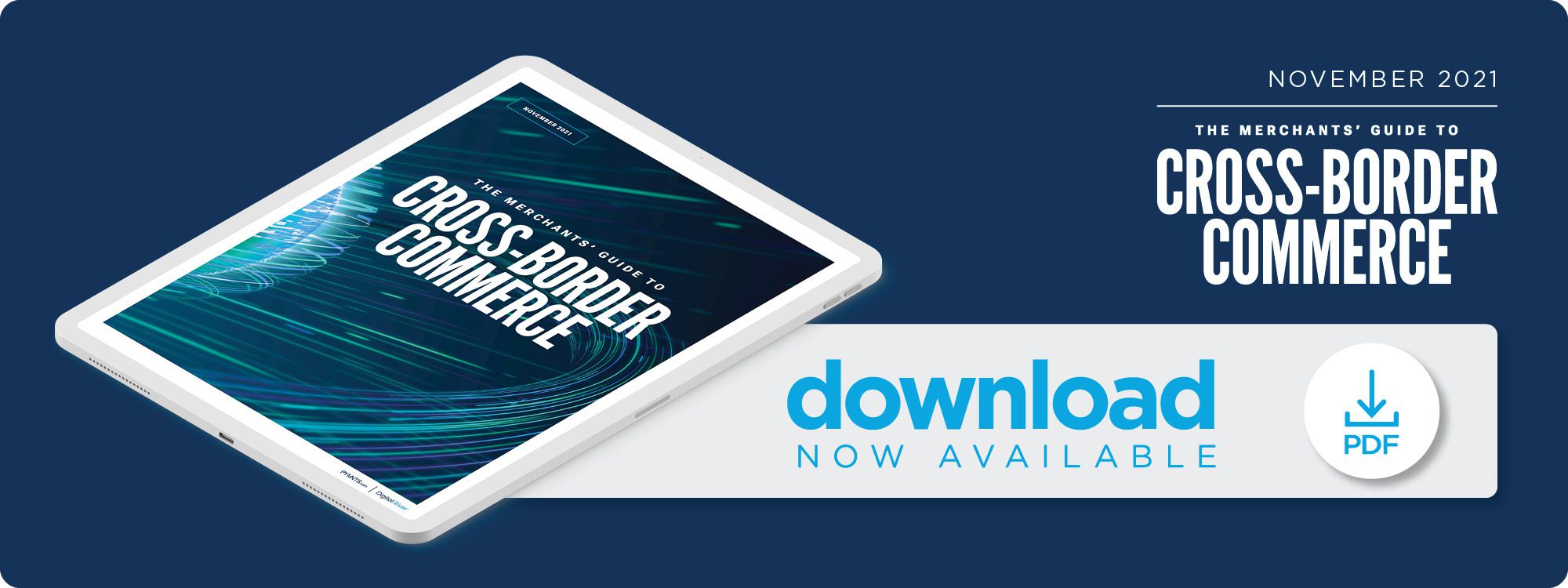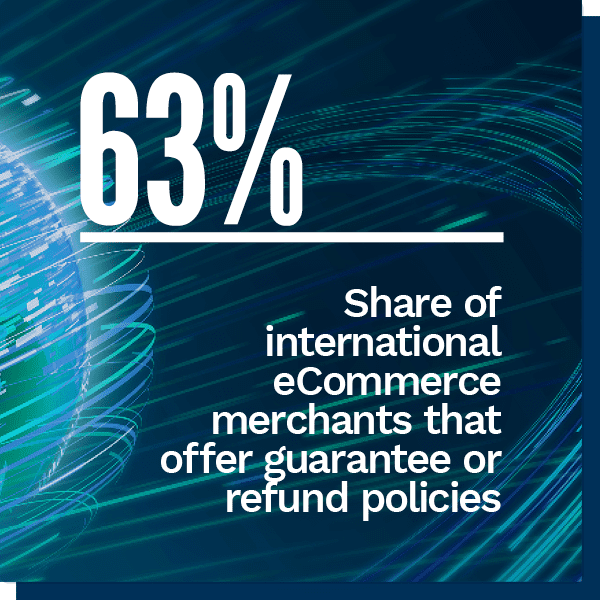Cross-Border Commerce Success Is Hiding Out in Localized Purchasing Experiences

International eCommerce retailers must accept a wide variety of payment methods to get international customers to click “buy” — but not just any payment method will do. Cross-border sales require merchants to accept the payment methods, support the currencies and offer the popular checkout features in their customers’ home countries. Only then can they provide the fully localized, personalized payments experiences customers expect. Anything less means merchants risk losing sales.
This is just the first of many findings from The Merchant’s Guide To Cross-Border Commerce, a PYMNTS and Digital River collaboration. We studied the online shopping and checkout processes offered by 137 leading international eCommerce sites to learn how international eCommerce merchants personalize their shoppers’ experiences to gain a competitive edge in an increasingly global eCommerce landscape.
 Key findings from our research include:
Key findings from our research include:
- Eleven percent more merchants offer interface personalization features now than in 2016. This includes Internet Protocol (IP) recognition technology, country-specific address fields at checkout and localized payment and currency options. Merchants’ increasing focus on offering features like these signals a growing awareness of the importance of personalization on the international stage.
- China and the United States are home to more top-performing eCommerce merchants than any other country in our study. This is partly because Chinese merchants offer more interface personalization features, while U.S. merchants accept a broader range of localized payment methods than merchants in other nations.
- Top-performing cross-border merchants are still lacking the free shipping and guarantee or refund policies that customers want. Fifty-six percent of top-performing merchants offer free shipping, for example, roughly on par with the international average. Convenience-boosting features, therefore, represent a key area where improvement is needed going forward.

These are just a few industry trends that international eCommerce sites must know to gain a competitive edge in the international arena. The Merchant’s Guide To Cross-Border Commerce explains what sets the leading eCommerce sites apart from the rest — and how others can learn from their example.
To learn more about how international eCommerce merchants tailor their cross-border shopping experience to meet their customers’ evolving expectations, download the report.

